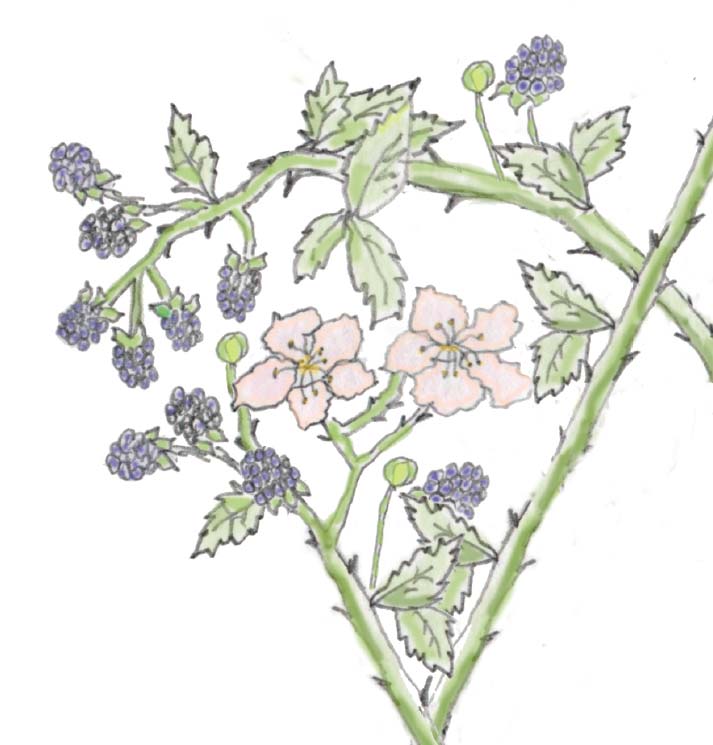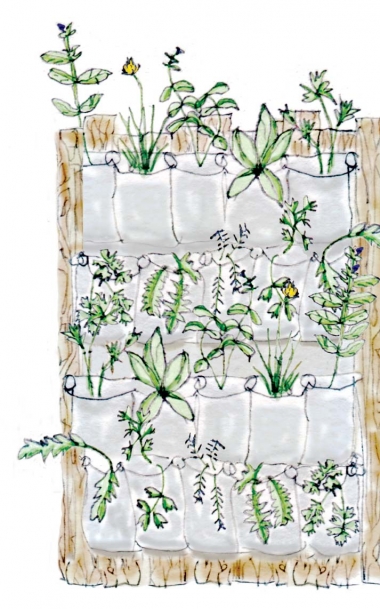Vertical Gardening 101
This space-saving trend is great for the environment and home
A vertical garden is exactly what it sounds like: a garden that stands upright, typically against a wall. Vertical gardening has become increasingly popular in cities across the country because it takes up little space and helps reduce the carbon footprint. Structures or trellises are used to create the garden, which can be housed indoors or outdoors. It’s a perfect solution for individuals who want a garden but live in small spaces, are urban dwellers or do not have a large outdoor yard to support in-ground planting. Since vertical gardens do not rely on ground soil, this planting method is also an excellent solution for areas where the soil is in poor condition and will not support growing plants.
WHAT TO GROW
Vertical gardens can house a variety of edibles and other plants. Ferns, bromeliads, begonias, hostas, succulents and vines are ideal plants to grow. Several fruits and vegetables can be grown in a vertical setting, including fruiting vines like kiwi, blackberries and strawberries. Vegetables such as peas, squash, tomatoes and pole beans also respond well. Herbs, including basil, rosemary, thyme, lavender and mint, are also popular choices for vertical planting.
BUILDING IT UP
When creating a vertical garden, consider using a trellis, vertical containers, pockets, wall planters, pallet planters or hanging baskets. You need to first decide where the growing space will be. Then you will need to choose the plants you want to grow. The space and plants will determine which type of structure is best. Next you need to find good soil for growing, and then plant the items. Finally, make sure to water the garden frequently. Since vertical garden plants have shallow roots, they end up using less soil, so watering frequently is important.
GREENER LIVING
Vertical gardens have many benefits other than creating a green space for your home. They help reduce the carbon footprint by filtering pollutants and carbon dioxide out of the air, and assist in cleaning inside air spaces by removing volatile organic chemicals and other harmful toxins from rooms. They can also act as a soundproofing barrier, and are great at hiding unattractive indoor spaces. This method can also be less expensive than traditional gardening.
Vertical planting is an economical and sustainable way to make a positive impact on the environment while growing a garden that will breathe new life in an outdoor or indoor living space. Local nurseries will have the supplies needed and can recommend the appropriate plants, fruits and vegetables to grow in your vertical garden.





